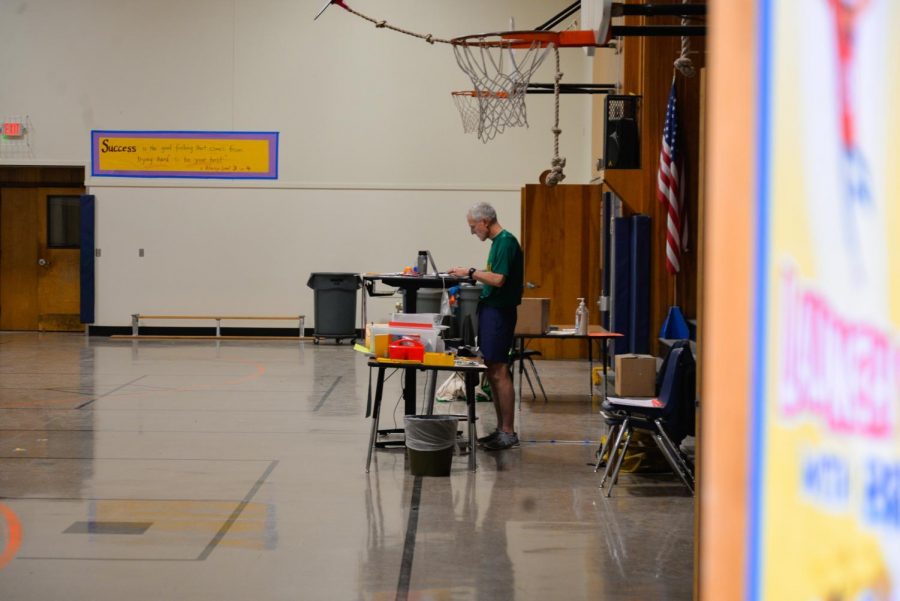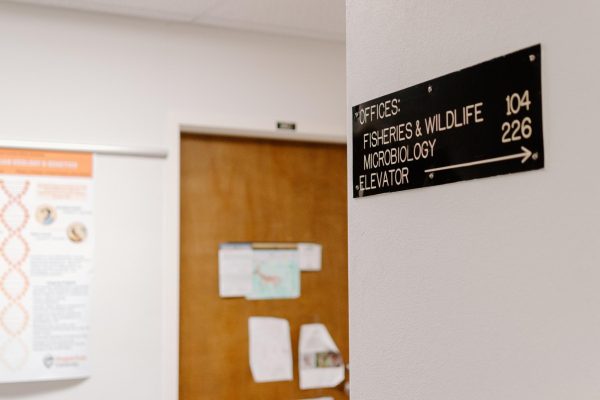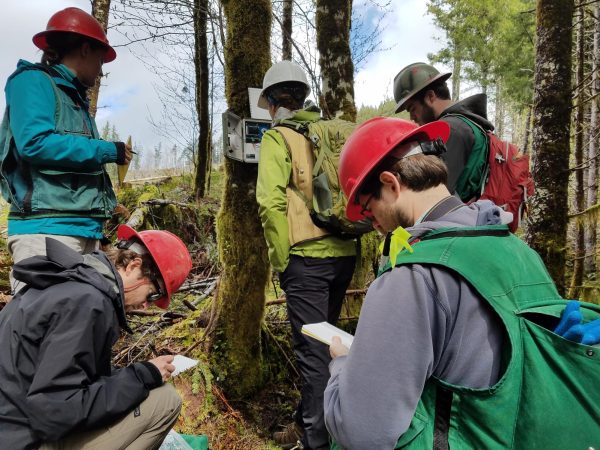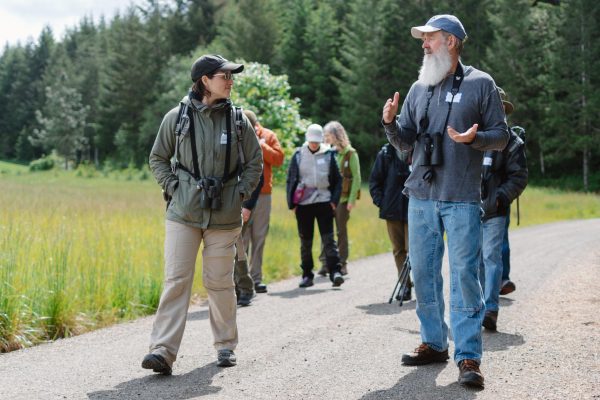Corvallis School District makes preparations for onsite hybrid learning
January 26, 2021
The Corvallis School District, like other schools across the state, has been grappling with returning to in-person learning, as a result of Gov. Kate Brown making instructions in early Jan. for doing so on an“advisory rather than mandatory” basis.
On Jan. 19, the Oregon Department of Education and Oregon Health Authority released updates to the Ready Schools, Safe Learners Guidance, a guide for the state’s schools to return to in-person learning. Among the main changes to the guidance are the metrics, which have been updated to allow schools to return to in-person learning with higher levels of community case rates.
Currently, the metrics for Benton County are as follows: when the case rate is greater than 350, distance learning is advised (color-coded red); when the case rate is between 200 and up to 350, elementary on-site and transition are advised (orange); when the case rate is between 50 and 200, on-site and hybrid learning are advised (yellow); and when the case rate is 50 or below, on-site learning is advised (green). All numbers are measurements of County cases per 100,000 residents.
According to a family newsletter from CSD, released Jan. 21, the guidance also reminds school districts that when positive case metrics are increasing, they should “pause the expansion of additional in-person learning and maintain access to in-person learning for those who have it.”
Additionally, the guidance advises that districts prioritize phasing in onsite instruction for elementary schools. CSD said in the newsletter that it will be continuing to use the guidance’s metrics to make decisions about in-person learning.
After two weeks in the “yellow zone,” the district will begin employing hybrid schedules with a two-week staggered start, and it will begin with K-3 student cohorts.
In their newsletter, the district stated, “based on these changes, we are feeling more optimistic about returning to onsite Hybrid learning in the coming weeks.”
For the most recently reported 14 day time period, Jan. 3 to 16, the case rate in Benton County stood at 320.1, meaning the district was in the “orange zone.” This was an increase from the 14 days prior, Dec. 27 to Jan. 9, when the rate was 280.6.
While CSD is feeling more optimistic about returning to some form of in-person education soon, for the time being it is continuing to face challenges with COVID-19 and remote learning.
Communications coordinator for CSD Brenda Downum said that one of the district’s main challenges includes making sure that every student is accessing their education.
CSD has provided all of their students with learning devices includingiPads for K-8 and Chromebooks for secondary students and also has a hotspot set up for those without internet access. But, the district is aware that many families, specifically ones who are experiencing poverty and people of color, have been disproportionately affected by the pandemic and may still have trouble accessing their education.
“Our staff is working hard to address the challenges these families are facing,” Downum said.
Downum said that another challenge for CSD has been student engagement.
“Without in-person learning, it is more difficult to connect, build trusting relationships and be in community,” Downum explained. “To address this challenge, we continue to ask staff to focus on care and connection in a way that is trauma-informed and authentic.”
Downum noted that previously, social and emotional learning has often been reserved for student-counselor interactions and in health classes at the secondary level, but CSD is working to make sure that this learning is occurring “throughout all parts of a students’ distance learning experience.”
Even if the district returns to in-person learning soon, there are options for students and families who feel unsafe going back. Some at the beginning of the school year opted for CSD’s Corvallis Online option, and these students will remain fully online even if the district returns to hybrid or in-person.
Additionally, for students who opted for the hybrid model at the beginning of the year, they will arrive back to in-person schooling in cohorts to limit class sizes. Some will stay home and continue to learn remotely if there is a higher risk of illness.
Downum said that if the community wishes to help CSD return to in-person learning, it’s necessary to follow the COVID-19 guidelines, such as wearing a mask, avoiding indoor gatherings, washing hands and getting vaccinated as they become available.
During this crisis, students that are in need of support in other ways may be eligible for various Corvallis donation programs. Donations are currently still being accepted at the CSD Welcome Center, and non-perishable food items, personal hygiene and toiletry items, reusable grocery bags and gift cards to local stores for groceries and other necessities are all accepted and needed. Monetary donations can also be made to assist families in need with rent and utilities.

























































































































